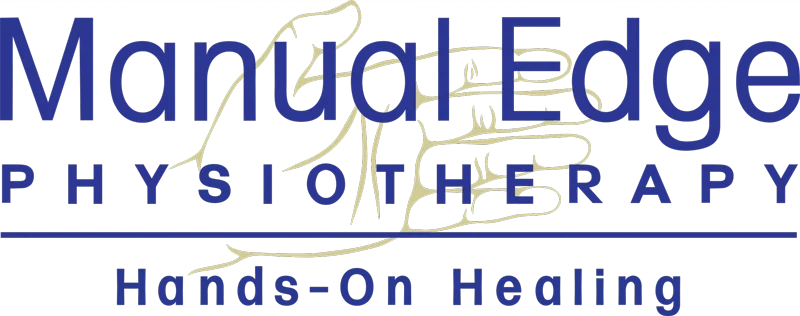Women’s & Men’s Pelvic HealthIn Colorado Springs
Pelvic pain and incontinence can be the result of simple or complex issues that can cause you a great deal of distress by limiting your ability to engage fully in life due to pain, embarrassment, and inconvenience.
Our therapists are specially trained and certified in treating pelvic floor dysfunction, constipation, incontinence, and pelvic pain. You might benefit from therapy if you have:
- Pelvic Floor Dysfunction
- Constipation/Incontinence
- Urinary or Fecal Leakage
- Pelvic Pain
- Recurrent Urinary Tract Infections (UTI)
- Painful Intercourse (Dyspareunia)
- Painful Bladder Syndrome (Interstitial Cystitis)
- Genital Pain (Vulvodynia)
- Rectal Pain
- Testicular Pain
- Pain After Prostate Surgery (Prostatectomy)
- Pain Following Hysterectomy or Pelvic
- Reconstruction Surgery
- Tailbone Pain (Coccydynia)
Do you ever experience any of the following?
- Leak urine when you cough, sneeze, laugh, run or jump
- Experience frequent urgency to urinate
- Leak urine on the way to the bathroom
- Uurinate more than 8 times per day
- Have to get up more than 2 times per night to urinate
- Have pain with intimacy/intercourse
If you answered yes to any of these questions, you may benefit from a consultation with one of our pelvic health physical therapists.


